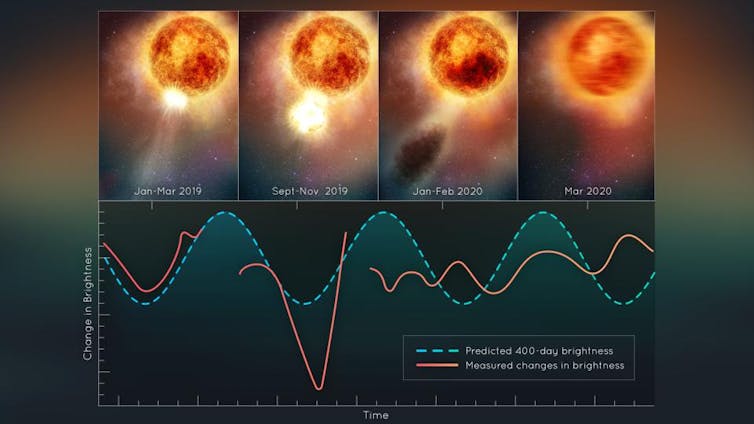
Nothing lasts forever, including the stars in our night sky. One of the brighter and more notable stars in our sky is Betelgeuse, the bright red supergiant in the shoulder of Orion.
In late 2019, astronomers around the world grew giddy with excitement, because we saw this giant star get fainter than we’ve ever seen it before. Since Betelgeuse is at the end stages of its life, there was some speculation this might be a death rattle before the end.
But the cause of the “great dimming” wasn’t ...
Read More






Recent Comments